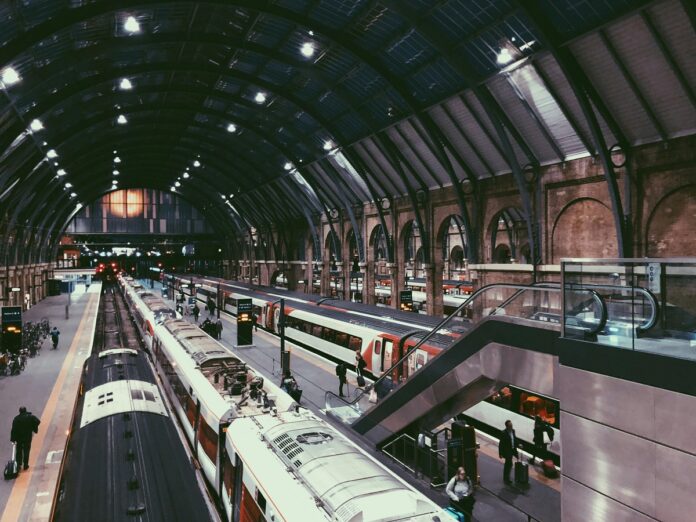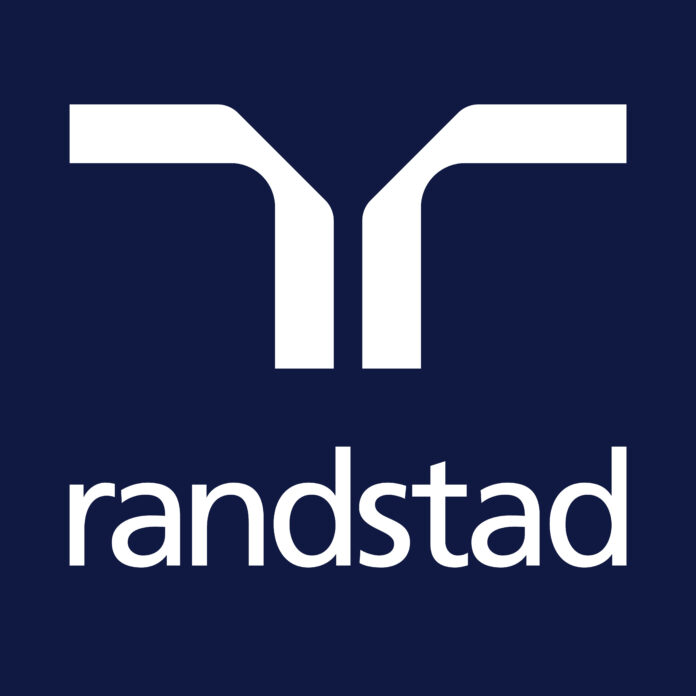If you’re an SME trying to win rail work over the next 6–12 months, social value is no longer a nice-to-have – it’s a core win criterion. We have spoken about this in previous articles, but as more tenders start to be released in the coming weeks and months, but within this article, we have included things are important to focus on… right now.
Two big things changed in 2025: central government updated the Social Value Model (PPN 002, March 5, 2025), and rail clients such as Network Rail continue to put procurement, community and net-zero targets at the centre of sourcing. That combination means buyers will prioritise suppliers who can prove measurable social, economic and environmental gains – and they’ll expect it from day one.
Below are the hottest social-value trends for 2025/26 and practical moves SMEs should make now if they want a seat at the table.
1) Understand and map to the new Social Value Model — fast
PPN 002 (Mar 5, 2025) gives contracting authorities a menu of outcomes and measures to pick from. Bidders who can explicitly map their offering to the chosen outcomes (with baseline data and credible KPIs) win points — and contracts. Don’t wait for a tender to define this for you: prepare ready-to-use measurable commitments that align to typical rail priorities (jobs & skills, net zero, community resilience, local economy).
Action now: create one-page Social Value propositions for each service you sell – include projected outcomes (e.g., X apprenticeships, Y hours of community training, Z tCO₂e saved), measurement method and a named person responsible.
2) Net Zero & low-carbon solutions are procurement gold
Rail aims for net-zero fleet and infrastructure targets (Network Rail’s low-emission commitments and sector net-zero discussions are driving demand for decarbonisation services). Buyers want suppliers who reduce whole-life carbon: electrification support, energy-efficiency station works, low-carbon materials, off-grid power and hydrogen/battery enablement. SMEs offering rapid demonstrators and measurable carbon savings will stand out.
Action now: quantify the carbon impact of your product or service (basic cradle-to-gate estimates are fine), and package a short “carbon saving plan” showing how you’ll cut emissions during delivery.
3) Biodiversity Net Gain (BNG) on rail corridors — practical opportunity
BNG is mandatory for many developments (policy has been in place since Feb 12, 2024) and rail projects have linear habitats to manage. Rail clients need on-the-ground habitat works, habitat creation plans, community nature projects and monitoring – all things SMEs, ecologists and landscape contractors can deliver. Demonstrable BNG capability is a differentiator in 2025 tenders.
Action now: partner with an ecologist if you don’t have one; create template habitat enhancement plans that map to common rail site typologies (embankment, cutting, station green spaces).
4) Community rail and local social returns — show the numbers
Community rail programs consistently demonstrate high social returns (recent reporting shows community rail delivers large social value multipliers). Contracting bodies will reward suppliers who co-design with local groups, offer volunteering hours, youth engagement and support community uptake. Local impact = procurement advantage.
Action now: develop one or two replicable community interventions (e.g., school STEM workshops, station greening days) and calculate simple social-return metrics (people engaged, volunteer hours, estimated local spend uplift).
5) Jobs, apprenticeships and inclusive recruitment
Tender teams increasingly require concrete job creation, guaranteed interview schemes, and apprenticeship plans. The Procurement Act and other policy moves are also lowering barriers for social enterprises and SMEs — meaning contracts may explicitly reward local job outcomes. If you can show how you’ll recruit locally and upskill disadvantaged groups, you’ll score highly.
Action now: draft an employment plan (apprenticeships, guaranteed interviews, training hours) and collect commitments from delivery partners (training providers, colleges).
6) Supply-chain resilience and ‘buy British’ momentum
Government and Network Rail want resilient, local supply chains – the recent steel sourcing deals and procurement reforms show a tilt to secure domestic supply and protect jobs. SMEs that can demonstrate local content, supply-chain visibility and contingency planning will be favoured.
Action now: map your supply chain, identify single-point risks, and create a short “local sourcing and resilience” statement you can attach to bids.
Practical checklist — what to do this week
- Produce one-page Social Value propositions mapped to PPN 002 outcomes.
- Run a simple carbon baseline for your main products/services and write a two-step carbon reduction plan.
- Secure an ecological partner or template BNG plans for common project types.
- Build an apprenticeship & local hire commitment and partner with a training provider.
- Collect evidence: case studies, impact data, standardised KPIs and a named measurement owner.
Procurement teams already expect bidders to come armed with measurable social value. The new Social Value Model gives them tools to score you – and if your response is vague, you lose. SMEs that lead with data, credible partnerships and repeatable interventions will turn social value from a checklist into a competitive edge. Start today: ten well-evidenced commitments beat thirty unproven promises.





